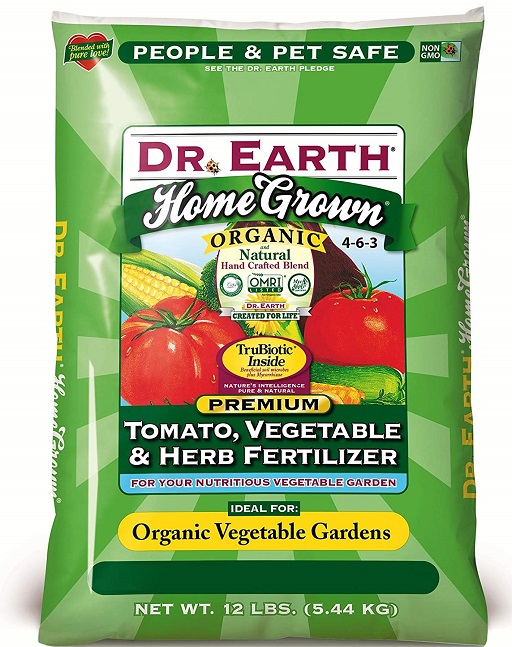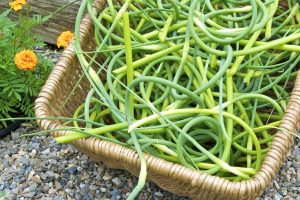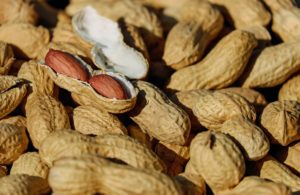Beans are a good addition to any garden because they do well in most conditions and help improve the soil’s fertility as they grow. You can purchase bean seeds from numerous suppliers, purchasing everything from pole beans to bush beans and varieties suitable for drying.
Buy Bean Seeds Online
| Image | Name | Rating | Shop |
|---|---|---|---|
 | Organic Green Bean Seeds | ||
 | Henderson Lima Seeds |
Types of Beans
If space is limited your garden, then pole beans are great; because they make use of vertical space, so only a trellis will be needed. Otherwise, bush varieties are a great alternative for those who have the extra space and don’t mind doing some bending in order to reap their harvest.
Do Beans Need Full Sun?
Beans need full sun to grow to their full potential, so make sure the location you plant them in has direct sunlight for most of the day. Bean plants are also intolerant of heavy or water-logged soils, so shaded areas should also be avoided, because they promote the retention of moisture. Bean plants prefer a rich, loose-loamy soil and do very poorly in clay or sandy soils. If sandy or clay soils are present, make sure that you add compost or other soil amendments to bring your soil conditions as close to a crumbly loam as possible.
What Nutrients do Bean Plants Need to Grow?
Bean plants do not require as much fertilizer (Buy Online) as other plants, but a light application of a low-nitrogen fertilizer is recommended. Adding too much nitrogen can lead to lush foliage and limited yields, so it is best to apply a 10-20-10 fertilizer, which is high in phosphorus but low in nitrogen, in order to encourage good yields.
Planting Beans
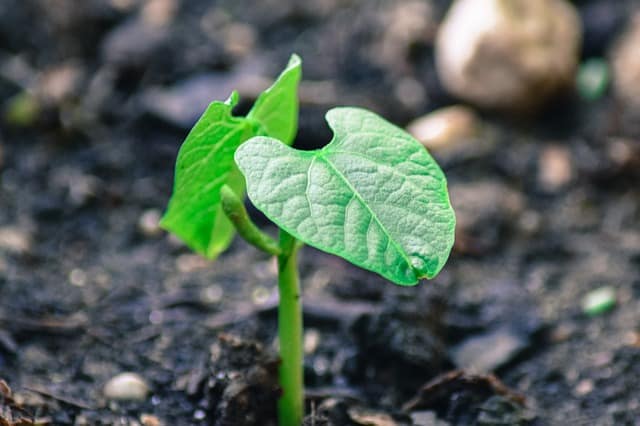
When Should I Plant Beans?
The best time to plant your bean seeds is when the soil temperature is, at least, a stable 48 degrees Fahrenheit (9 Celsius); otherwise, germination will be spotty. if possible, it is best to wait until the soil temperature is 55 degrees Fahrenheit (12.8 Celsius). If you plan on planting a pole variety, you can set the trellis up at the same time; and if you are planting a bush variety, you won’t need any support structure.
Bean Plant Spacing
The seeds should be planted 1 to 2 inches (2.5 to 5 cm) deep, and each seed should be spaced 4 inches (5 cm) apart in rows 30 inches (75 cm) apart. If you are growing beans in an intensive or raised bed, you can plant the seeds 17 inches (43 cm) apart and equally spaced. Keep sowing new seeds about every two weeks, up until eleven weeks before your first frost, in order to have a continual harvest of beans.
How Much Water Do Bean Plants Need to Grow?
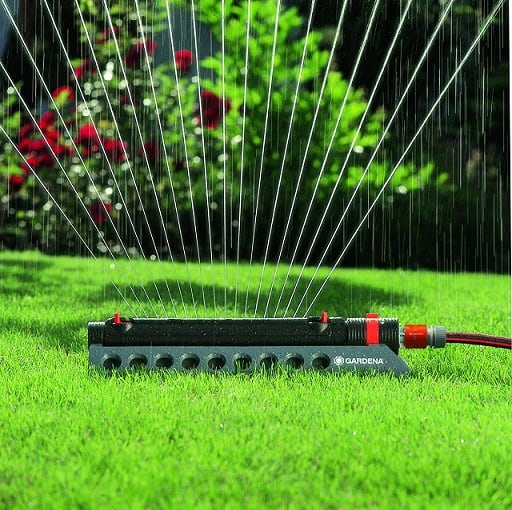
To keep your bean plants thriving throughout the growing season, water your plants in the morning, in order to allow ample time for the soil to dry throughout the day. Bean plants are very sensitive to stress and will drop their blossoms if placed under heat or moisture stress. Be sure to keep the soil at a consistent moisture level, about 1 inch (2.5 cm) of water per week is sufficient.
Fertilizer for Beans
Fertilizer should be used very minimally throughout the growing season, as bean plants are able to acquire nitrogen through the symbiotic bacteria growing on their roots. If signs of nutrient deficiency do appear, then a mild liquid fertilizer should be applied until the symptoms are remedied; and if your soil happens to be very sandy, it might be necessary to apply nitrogen to the plants early on in the season and before the first buds form.
Bean Plant Care

Weeds can be especially problematic early on, when the bean plants are small, hindering their ability to emerge and reducing the seedlings access to nutrients and moisture. It is best to hand weed around the plants very carefully, so as not to disturb or damage the seedling and its shallow roots. Limit weeding to dry periods, in order to maintain good soil structure and to keep the spread of plant diseases like white mold to a minimum.
Bean Plant Pests

Throughout the season, you should keep an eye out for pests such as aphids, cutworms, and Japanese beetles. If the problem is small, just pick off the offending insects; otherwise, certain organic insecticides can be of use, such as Bacillus thuringiensis (Buy Online), in order to combat the infestation.
Harvesting Green Beans
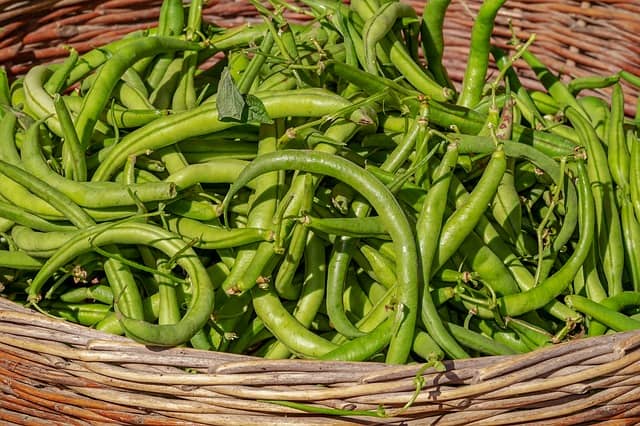
Harvesting beans can be done in different stages of maturity. You can pick them in the green stage or wait until the pods mature and harvest dried beans. If you want to harvest green beans, then wait until the pods are firm and the beans are still immature. At this stage, the pods should break free from the plant easily without damaging the plant. If the pods do not snap free from the plant with minimal effort, then you should wait for the pod to ripen further in order to minimize damage to the plant.
When to Harvest Green Beans
Make sure not to let the beans ripen too much, or the beans will be hard and unpleasant to eat in the manner that most green beans are eaten. Also, if you let the beans fully mature, this practice will limit further production of future pods on the plant, as the plant will dedicate its energy to fully ripening those pods left to mature.
When to Harvest Dry Beans
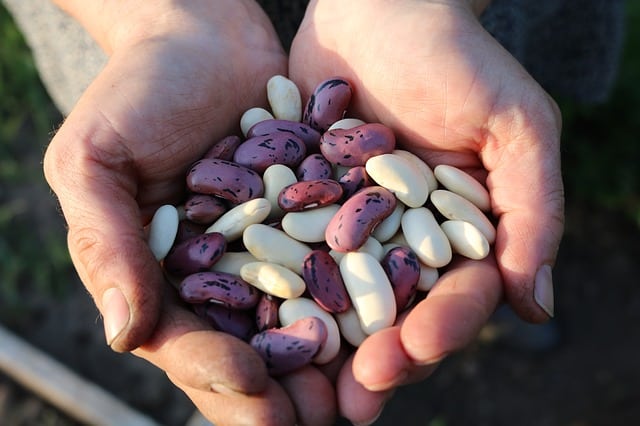
If dried beans are what you are looking for, then leave the pods on the plant until they are fully mature, which will be apparent when the pods have turned brown and dried out. Another way you can tell when dried beans are ready is to shake the pod and you should hear a light rattle inside.
Always make sure to harvest dried beans on a dry sunny day so as to minimize mold and fungus growth. In order to extract the dried seeds, you should be able to split the pods open and remove beans; and then put them in a cool dry place for long-term storage.



